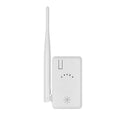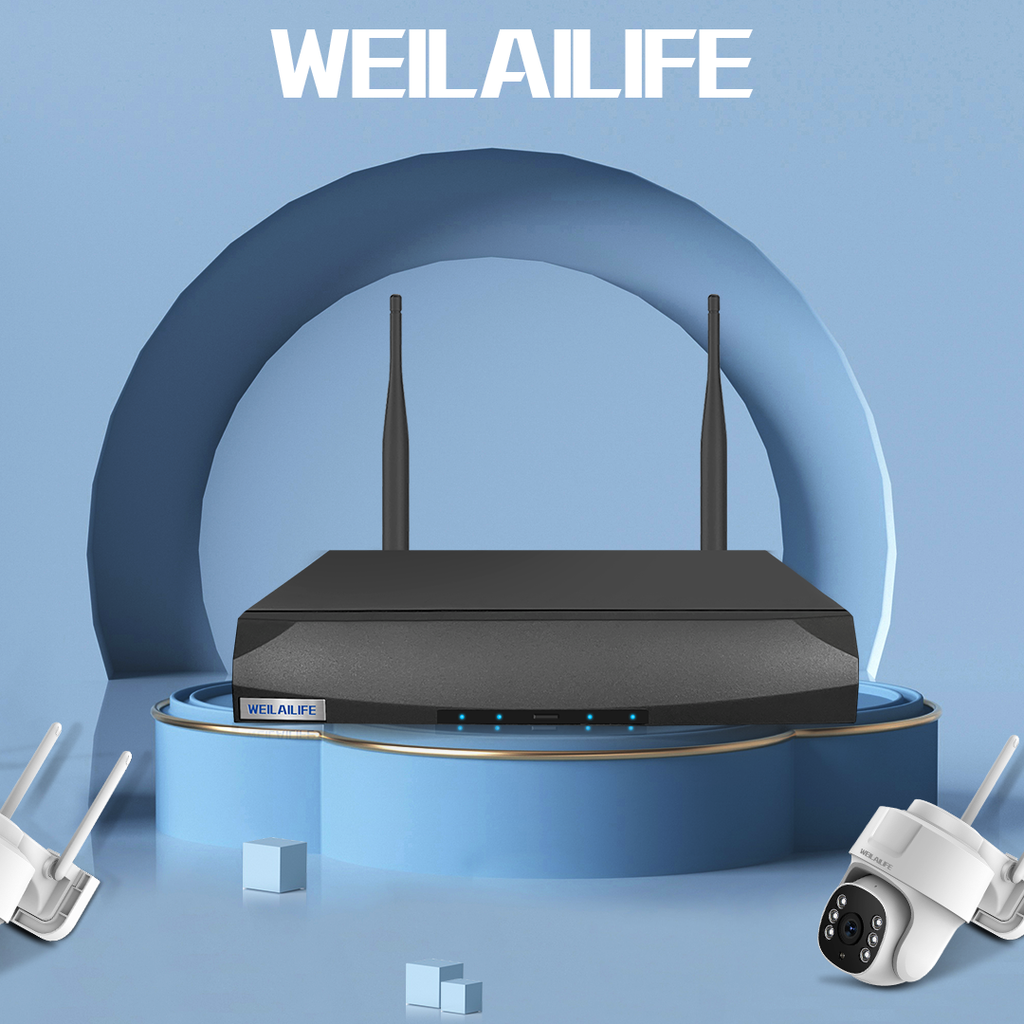Decoding Traffic Violation Monitoring: A WEILAILIFE Perspective
At WEILAILIFE, our vantage point unveils the intricate mechanics behind monitoring traffic violations. As a premier surveillance brand, we are committed to shedding light on the cutting-edge techniques and equipment employed to ensure road safety and uphold traffic regulations. Our mission is to delve into the diverse methodologies that contribute to this complex process, offering insights into both the innovative methods and the high-tech equipment that drives modern traffic enforcement. Let's dive into the details and explore the various methods that keep our roads safe and secure.
**1. Inductive Loop Vehicle Sensors + Capture Cameras**
Harkening back to the early days of electronic law enforcement, the inductive loop vehicle sensor and capture camera system utilized a sophisticated network of inductive loop vehicle sensors to gauge the status of passing vehicles. Comprising components such as loop vehicle detectors, signal light detectors, cameras, central controllers, supplementary lighting, and intersection control units, this system was designed to capture violations within the monitored area. Through consecutive image captures and license plate recognition, a comprehensive record of evidence was compiled.
It's important to note that this system was limited in scope, primarily focusing on red-light violations. Additionally, the vulnerability of inductive loops to damage and the complexities of their repairs have led to their gradual obsolescence. In major cities, this system has been largely replaced, making it crucial for drivers to understand its historical significance.
**2. Electronic Cameras**
In contrast, electronic cameras offer enhanced reliability and real-time monitoring capabilities. This dynamic solution captures vehicles in the monitored area, accurately identifying violations such as red-light running, wrong-way driving, lane infringements, and unauthorized lane changes. When a violation is detected, the electronic camera springs into action, capturing a series of images in rapid succession. These images are then processed through a central controller and transmitted to a centralized control hub for further action.
It's imperative to recognize that electronic cameras transcend mere image capture, serving as a fundamental component of a comprehensive road management system. They provide the foundation for evidence-based penalty enforcement for infractions like red-light violations and unauthorized route deviations.
**3. Radar Microwave Speed Detection**
Drawing upon radar microwave technology, radar microwave speed detection involves emitting microwave frequencies toward vehicles and calculating their speed based on the reflection time of these waves. This versatile system can be configured as either fixed or mobile, with the latter including discreet roadside units and units embedded within police vehicles. Typically deployed on highways, national routes, and peripheral urban areas, this technology is an effective tool in maintaining road safety.
When complemented with camera systems, radar microwave speed detection triggers the capture of photographic evidence when speeding violations occur. This results in a rapid burst of high-speed images, leaving no room for violators to escape scrutiny.
**4. Infrared and Laser Detection**
Infrared and laser detection systems utilize laser beams to measure the distance between the device and the target object. The system calculates the object's speed by analyzing its displacement within a specific timeframe. By performing two successive laser readings on the moving object, the system determines its speed. While highly effective, this method can face challenges in congested intersections or areas with high vehicular and pedestrian traffic.
However, it's important to note that the laser beam's potential to harm human eyes necessitates adherence to rigorous safety standards, and manual intervention is essential for its operation. Furthermore, visibility conditions can significantly impact its performance.
**5. The Role of Speed Cameras**
A common query pertains to the effectiveness of speed cameras, colloquially referred to as electronic dogs or electronic sentinels. These devices are designed to alert drivers to surveillance or speed control points. While these alerts are based on radar detection frequencies, it's essential to acknowledge that the accuracy of these devices can vary due to limitations in data acquisition and updates.
Despite their advantages, even the most advanced electronic dogs may occasionally miss or falsely report revoked traffic cameras. Furthermore, navigation experts caution that these devices can misinterpret certain frequencies associated with vehicle cruise radars and parking lots, potentially leading to erroneous alerts. Therefore, the judicious use of these devices is recommended.
At WEILAILIFE, we remain steadfast in our commitment to enhancing road safety through an in-depth understanding of traffic enforcement technologies. By bridging the gap between technology and public awareness, we empower drivers to navigate roads with vigilance and awareness, fostering a safer environment for all.
Sample Block Quote
Nam tempus turpis at metus scelerisque placerat nulla deumantos sollicitudin delos felis. Pellentesque diam dolor an elementum et lobortis at mollis ut risus. Curabitur semper sagittis mino de condimentum.









